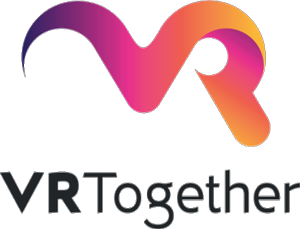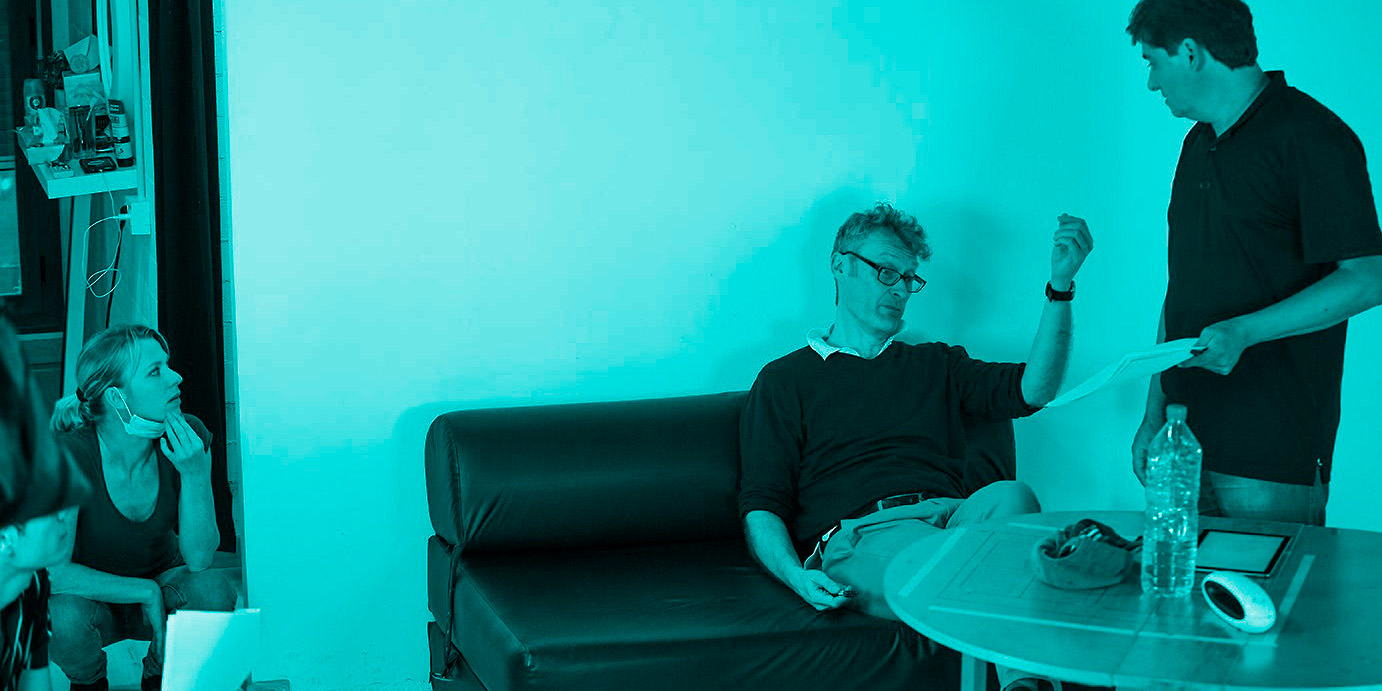
The success of an immersive experience: the new narratives and the importance of the script
Our story of murders, intrigues and betrayals comes to an end… The third chapter of Elena Armova’s death has already been recorded and solves the most social and immersive murder seen so far.
On the technical side, our consortium partners are achieving volumetric capture in real time to integrate five users, located in different parts of the world, in our virtual world… in our interesting criminal triangle. We have also managed to get users to participate and interact in the story. And of course, a hyper-realistic quality in the content created!
As we have said before, VRTogether is social VR as you have never seen before. Do you dare with the final solution? In this short essay we want to highlight two aspects that we consider very important for a good development of an immersive experience in VR: a good script and hyper-realism.
The new narratives and the importance of the script.
How have we adapted the storytelling this time? We must remember that it is essential to develop a good script containing all the elements to achieve an immersive story, and therefore, it is necessary to be able to anticipate the actions of users.
An interactive experience allows the audience to exert an influence on the plot. Our interactive experience is highly context-dependent and involves some form of interface such as a hand-held controller o a gesture sensing-device. Each action that we design impacts in a different way, depending on the narrative. Immersive virtual reality holds great potential for learning or sensing, but it is unclear how VR experiences should be designed to maximize this potential. In this pilot, we tried to explore how the level of interactivity in an entertainment VR storytelling experience affects a user’s experience and implication. We created different levels of interactivity. We hypothesized that too much or too little interactivity would result in smaller enjoyment gains than a medium level of interactivity.
It is very important that the decisions that users make are understood as vital within the plot. Making them participate and decide, involves them and makes them enjoy the story more, which is, after all, one of the basic objectives of social VR.
Hyper-realistic content as the most powerful weapon
Another very important factor to socialize and make the experience immersive is to generate a hyper-realistic virtual environment and characters that make us feel as if we were in real life. The volumetric capture that VRTogether proposes, with point clouds, in real time, with representations of oneself and not using avatars, is the key to our development. That is why it is also very important that the rest of the content responds to the same parameters. TheMo is specialized in this type of digital content creation.
Throughout this post, we’ll show you the process of creating a hyper-realistic environment, highlighting some of the most important keys to achieve it. With this, we intend to demonstrate the great impact of image quality, its similarity to the real world as a tool to achieve complete immersion in VR experiences, and at the same time open new avenues of use for this way of creating digital content and technology that we develop in this project.
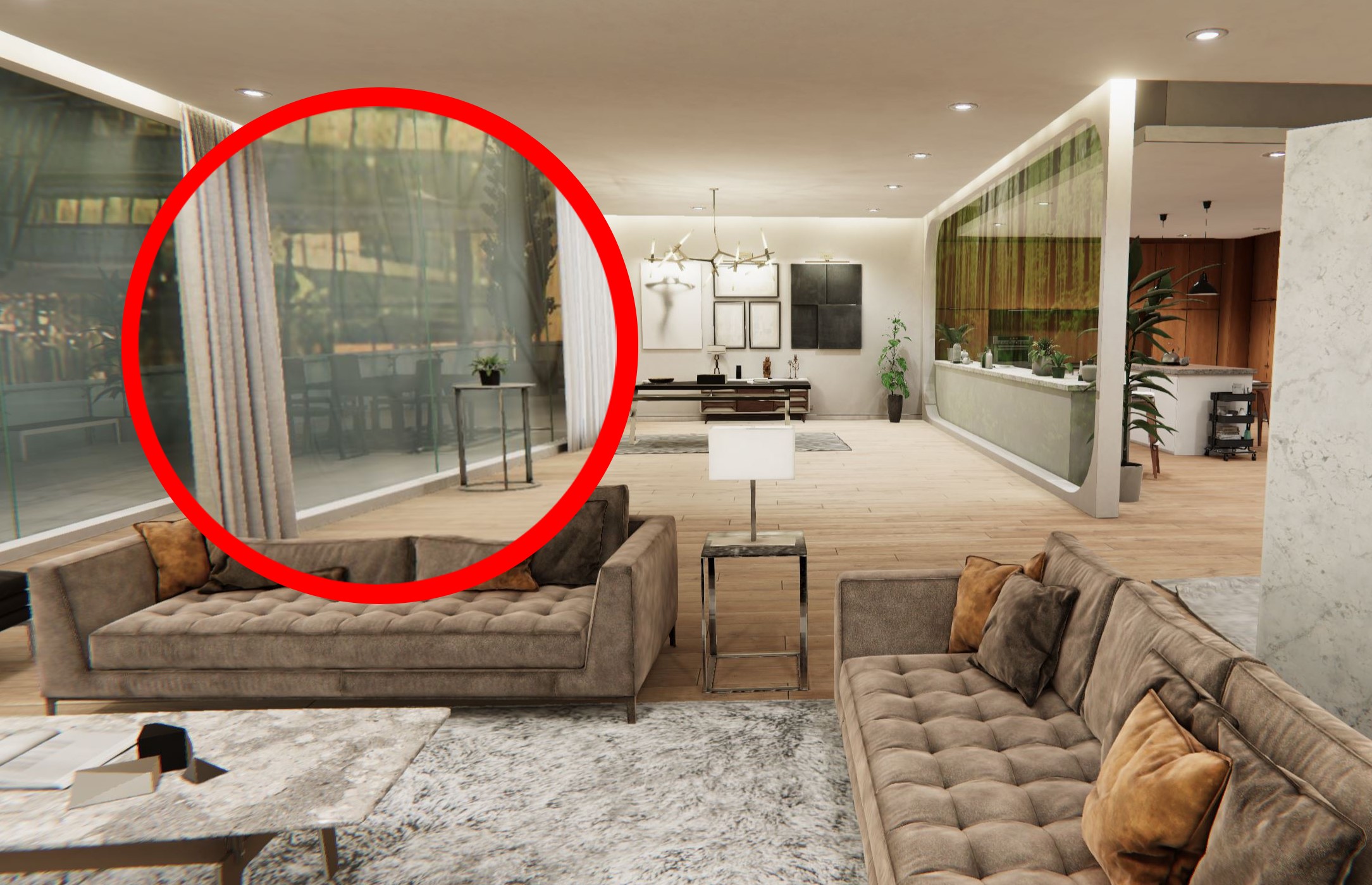
In this case, Elena Armova’s apartment had to reflect the opulence and purchasing power of the protagonist. The director, Ignacio Lacosta, proposed several references for luxury and spacious apartments , integrated of noble materials with designed furniture. Our team of CGI artists generated the assets and the environment. This way, innovative elements were designed, looking for beauty and visual appeal in some way: glass walls that can be modulated in light intensity, marble surfaces, high-end technological devices… all of them modeled in a hyper-realistic way, paying great attention to the textures, the generation of volumes and the lighting of each element and the environment.
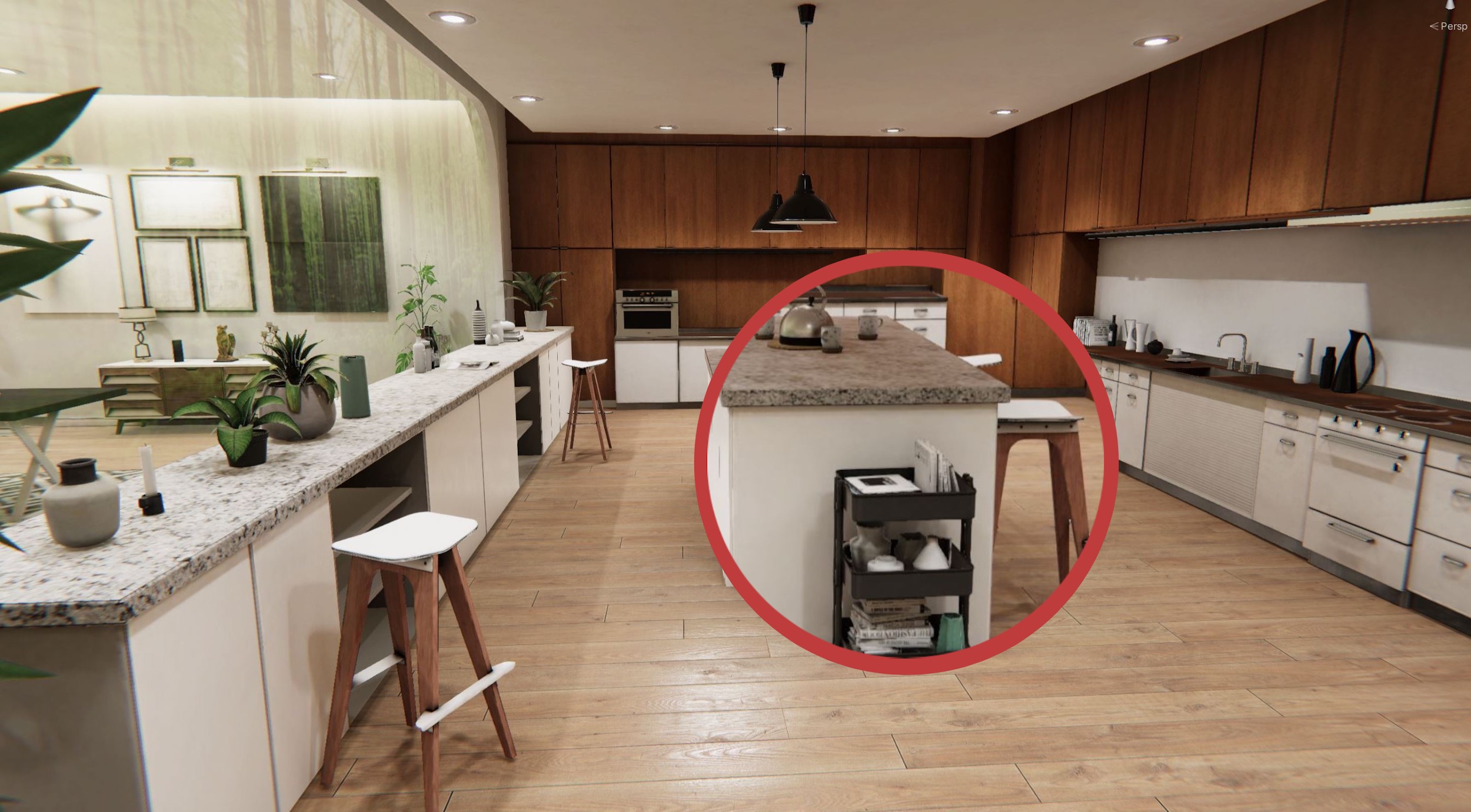
Fabrics, such as curtains, upholstery or sheets, require a special treatment to make the folds and their behavior look real. The CGI artist must take care of the integration of each element to create its textures. Each material responds in a different way to light and it is necessary to analyze this and know how to place the elements within the 3D environment.
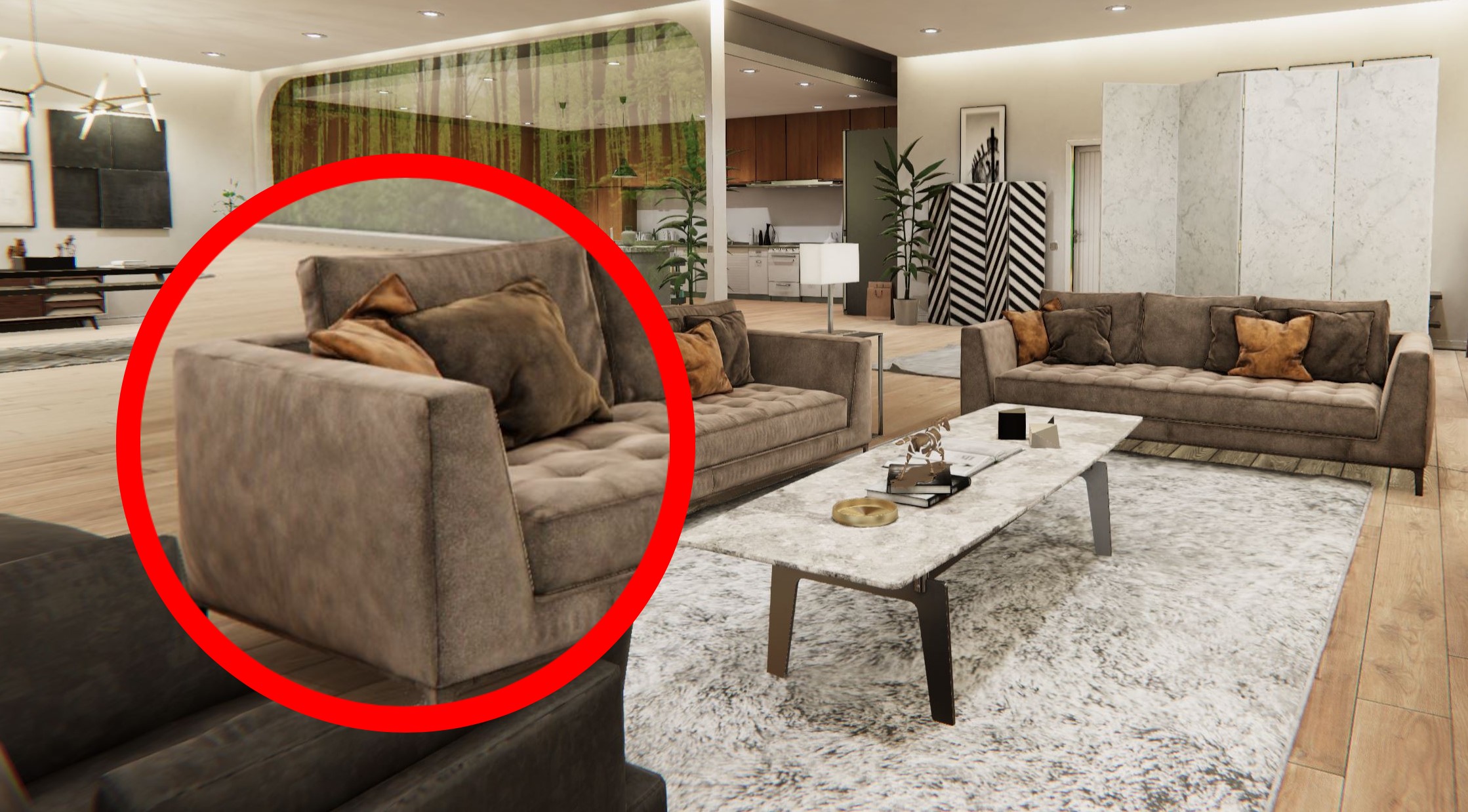
Another nuance that is under the supervision of the creative team and the director is to consider where and how to place the objects. The most futuristic designs must accompany the story and the environment, so that the user does not see anything strange that makes him lose the thread of the plot, or that makes him feel out of the story. Causing a lack of attention by a “nonsense” can ruin the trigger of feelings that we want to provoke in the users. We place recognizable elements alongside other more futuristic ones. In the case of the “futuristic device”, Armova’s AI, designed specifically for this chapter, the multiple layers of transparency have been played with to integrate computer and light circuits that achieve this technological effect.
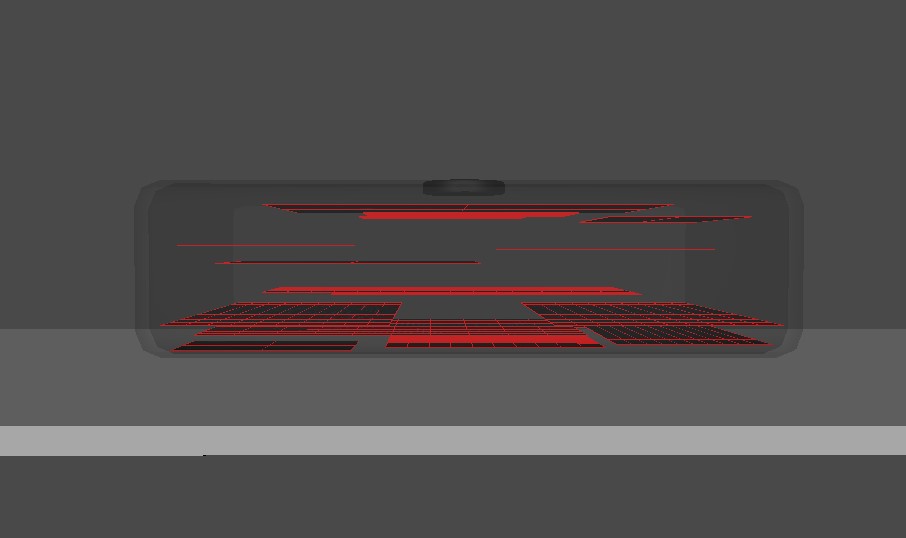
Release of the Third Pilot
The story regarding the murder of Elena Armova is coming to an end. Her crime was the pivot point of the VRTogether artistic project. During three years, the Consortium of the project has been evaluating and testing new methods in order to offer new communication technologies in virtual reality environments. This third pilot gives an end to a story that was proposed at the beginning of the project and has been in constant evolution, adapting the story to the technical requirements.
On May 27th, the third pilot was finally shot, this time in Zaragoza (Facial Mocap, Audio, Acting) and Geneva (Mocap). The Covid-19 pandemic and the lockdown changed completely the programmed schedule of the Consortium regarding the shooting of the pilot and its implications. This third pilot has been a whole new challenge in terms of production.
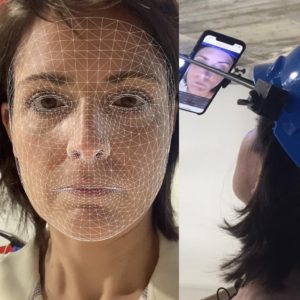
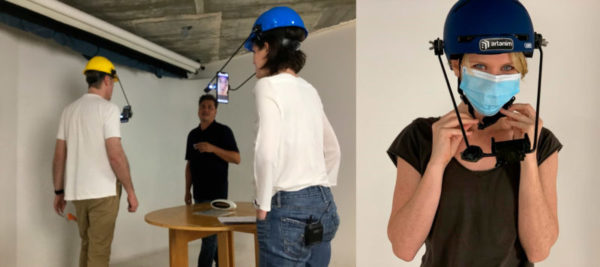
We expect to share with all of you the latest news about this third pilot! Remember that if you want to keep up with updates about the project on social media, you can follow @VRTogether_EU official Twitter profile.
Author: TheMo
Come and follow us in this VR journey with i2CAT, CWI, TNO, CERTH, Artanim, Viaccess-Orca, TheMo and Motion Spell.

This project has been funded by the European Commission as part of the H2020 program, under the grant agreement 762111.
